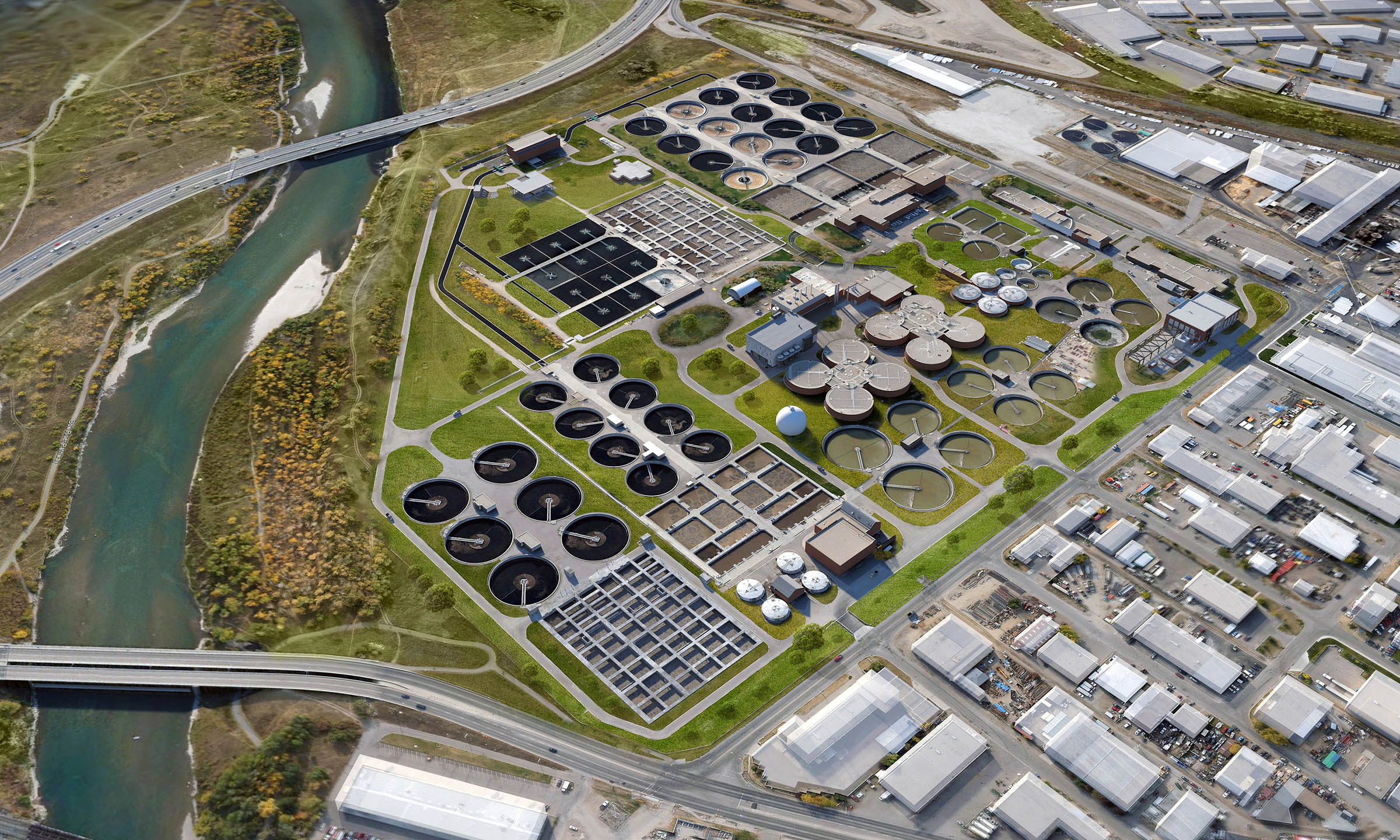Environmental Impact of Waste Water Treatment: What You Need to Know
Environmental Impact of Waste Water Treatment: What You Need to Know
Blog Article
Strategic Approaches to Enhance Drainage Treatment Performance and Reduce Ecological Effect
In the realm of waste water therapy, the mission for enhanced performance and reduced ecological effect is a perpetual obstacle that demands strategic solutions. The assimilation of sophisticated treatment modern technologies, energy-efficient procedures, resource recovery strategies, boosted nutrient removal methods, and clever monitoring and control systems stands for a multifaceted structure for addressing these pushing worries.
Advanced Therapy Technologies
Advanced membrane layer filtration systems have actually transformed innovative wastewater treatment procedures, dramatically improving the elimination of contaminants. These ingenious systems work forcibly water with a semi-permeable membrane, properly separating pollutants from the water stream. The membrane layer's microscopic pores catch pollutants such as germs, infections, and put on hold solids, allowing only detoxified water to go through. This innovation has actually proven to be extremely efficient in eliminating a vast array of impurities, including drugs, heavy metals, and organic substances, which are often challenging to remove via conventional treatment techniques.
Furthermore, membrane filtration systems offer numerous benefits over conventional therapy strategies. They call for much less area, produce higher-quality effluent, and are much more resistant to fluctuations in influent water top quality. In addition, these systems are highly flexible and can be easily incorporated right into existing treatment plants or used as standalone devices for decentralized applications. As the need for tidy water proceeds to climb, the adoption of advanced membrane purification innovations is important to make sure reliable and sustainable wastewater therapy practices.
Energy-Efficient Processes
The combination of energy-efficient procedures in wastewater treatment systems is vital for maximizing resource use and decreasing functional expenses. One vital approach to enhancing energy effectiveness in wastewater therapy is the utilization of sophisticated aeration systems, such as great bubble diffusers or surface area aerators, which can improve oxygen transfer efficiency and decrease energy intake.
Additionally, enhancing procedure control and automation with using innovative sensing units and keeping an eye on systems can boost overall power efficiency by adjusting operations in real-time based on actual demand and problems. Implementing power audits and on a regular basis checking power efficiency signs are essential practices to determine areas for improvement and track energy-saving initiatives effectively. Generally, the adoption of energy-efficient procedures in wastewater treatment not just profits the setting yet additionally adds to long-lasting cost financial savings and operational sustainability.
Source Recuperation Methods
With a concentrate on optimizing resource usage and sustainability in wastewater treatment systems, the implementation of source healing approaches becomes a pivotal facet in improving operational performance. Source healing techniques in wastewater therapy include the identification and removal of valuable sources from the waste stream, consequently transforming what was as soon as thought about waste into a beneficial asset. By applying resource healing techniques such as nutrient elimination and recovery, power generation from raw material, and the production of multiple-use water, wastewater treatment plants can decrease environmental influence while optimizing efficiency.

Boosted Nutrient Elimination Strategies
Implementing innovative nutrient removal techniques is essential for enhancing the efficiency of wastewater therapy systems. One of the essential methods used for boosted nutrient removal is the procedure of biological nutrient elimination (BNR), which entails the elimination of nitrogen and phosphorus with biological processes.

In addition to BNR, progressed treatment techniques such as membrane layer bioreactors (MBRs) and built marshes can also be utilized to boost nutrient removal performance. MBRs utilize membranes to achieve premium effluent standards by properly removing nutrients and put on hold solids. Constructed marshes mimic natural wetland procedures to get rid of nutrients with plant uptake, microbial task, and sedimentation. By including these advanced nutrient removal methods into wastewater treatment districts, industries and systems can efficiently lower nutrient pollution and secure the atmosphere.
Smart Surveillance and Control Solution
Using innovative innovation, the assimilation of clever tracking and control systems transforms the operational performance of wastewater treatment facilities. These systems incorporate innovative sensing units and data analytics to continually keep an eye on crucial parameters such as pH degrees, turbidity, liquified oxygen, and flow prices in real-time. By gathering and evaluating this data, operators can get important understandings right into the performance of the therapy processes, enabling positive changes to maximize treatment efficiency.
Smart surveillance and control systems likewise sustain remote tracking abilities, enabling operators to access real-time information and control functions from off-site locations. This remote ease of access boosts operational adaptability and responsiveness, enabling speedy interventions in instance of system malfunctions or changes in influent top quality. The anticipating maintenance abilities of these systems aid avoid equipment failings and minimize downtime, inevitably enhancing the general integrity of wastewater treatment operations.
Final Thought
To conclude, critical approaches such as sophisticated therapy technologies, energy-efficient processes, source healing methods, enhanced nutrient removal methods, and wise surveillance and control systems play a critical duty moved here in boosting wastewater treatment performance and decreasing ecological impact. By executing these methods, wastewater therapy plants can enhance their general efficiency, decrease energy consumption, recuperate important resources, and make sure compliance with environmental policies. These methods are crucial for sustainable and efficient wastewater monitoring techniques.

In conclusion, strategic techniques such as advanced therapy innovations, energy-efficient processes, source recuperation methods, boosted nutrient removal strategies, and wise surveillance and control systems play a crucial duty in improving wastewater therapy effectiveness and decreasing environmental effect.
Report this page